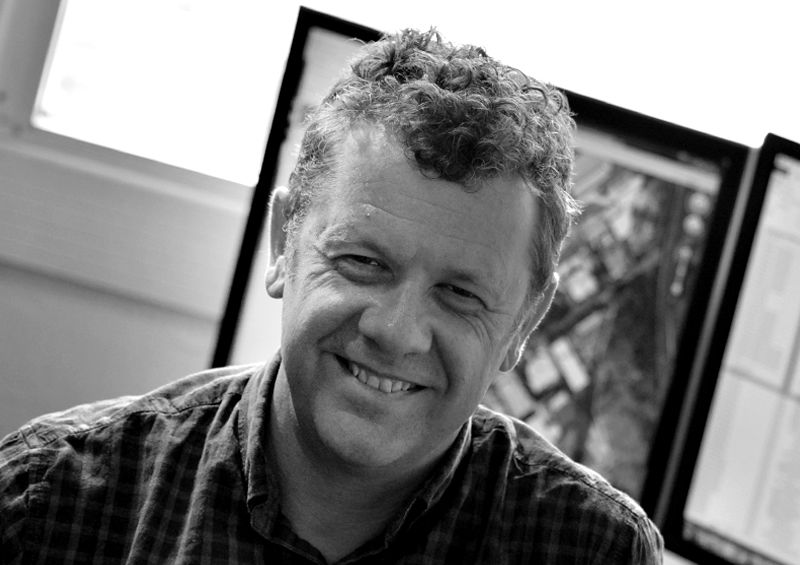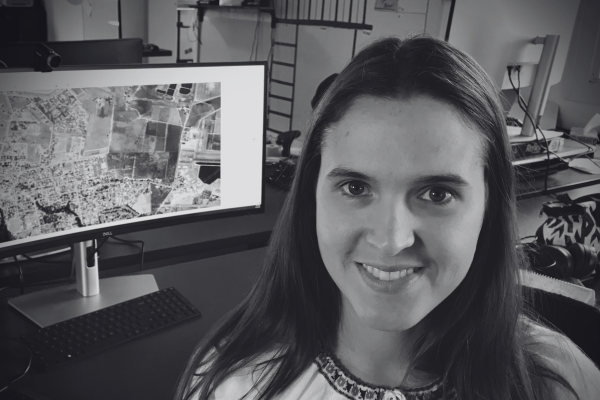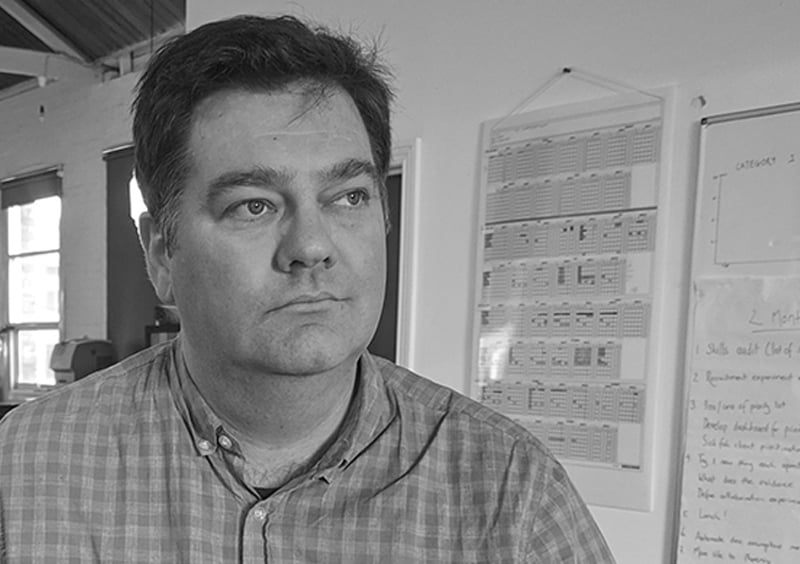POPULATION FORECAST REVIEW
Ipswich Region, Queensland
A favourable economic outlook, a return to pre-pandemic migration trends and an abundance of greenfield and higher-density housing supply combines to make Ipswich the fastest-growing region in Queensland over the next 20 years, according to our latest forecasts.
SA4s in region:
Published: June 2025
Version: 5.1.0
Read forecast analysis and insights for the Ipswich region from Australia's largest independent population forecasting team.
Detailed forecasts are available for this region
Our premium services give you detailed forecast information for this region to help you invest in the right place, at the right time.
- Forecasts by age and sex
- Single-year forecast periods
- Custom local area geography
- Forecasts of housing and development
Menu
Read the insights and analysis behind our population and dwellings forecasts for the Ipswich region.
About the Ipswich Region
The Ipswich Region is forecast to account for 16% of the total population growth of Queensland between 2021 and 2046.
The Ipswich region is an area covering the western area of Brisbane, the City of Ispwich and the surrounding regional and rural areas of the Somerset and part of Scenic Rim Local Government Areas.
The area is a mix of urban, outer urban and regional / rural areas, covering the expanse between Brisbane and Toowoomba as well as farming areas north and south of the corridor.
The Region consists of Ipswich City, the growth areas south of Ipswich City at Ripley and Springfield and towards Toowoomba, there are small townships such as Hatton Vale, Plainland, Lowood and Rosewood. There is one of the largest RAAF bases in Australia at Amberly, and the most westerly part of the Region is the eastern part of Lockyer Valley which is a large agricultural production area.
Key findings
Ipswich
Over the forecast period the Ipswich SA4 population will grow from around 370,000 in 2021 to around 710,000 people in 2046 (an increase of 90% to the 2021 population), approximately 330,000 more people. This represents an average annual growth rate of 2.6%.
Growth is predominantly focused around the two greenfields growth areas of Ripley and Springfield Lakes / Augustine Heights - Brookwater, forecast to grow by ~90,000 and ~80,000 people respectively (11.5% pa and 3.5% pa, respectively)
Outside of these areas, the SA2s containing the regional townships of Lowood (+13,000) and Rosewood (+22, 500) will also grow significantly.
At the other end of the scale, the industrial areas of New Chum and Carole Park are expected to remain the same, and have not nor gain any population. Once the Lockyer Valley Correctional Centre is open, and operating at its full capacity, approximately 1500 inmates will be relocated there, some from the current facilities in Wacol.
What share of Australia's growth will occur in Queensland?
We set the context for our local area forecasts with a presentation of our state- and regional-level forecasts for Queensland.
Access the presentation slides (including our forecast data for each region), and a short recap or the full webinar presentation on-demand. Learn what's driving change and how much growth will go to each region of the state over the 25 years to 2046.
Forecast results
The following forecast information presents the combined numbers for the Ipswich Region
Learn more about the different options to access these forecasts for Local Government Areas (LGAs), suburbs, custom catchments or the entire state or nation here.
| 2021 | 2026 | 2031 | 2036 | 2041 | 2046 | |
| Forecast Population | 373,629 | 321,654 | 435,089 | 564,634 | 635,769 | 711,379 |
| Change (five year) | 61,460 | 62,518 | 67,027 | 71,135 | 75,610 | |
| Average Annual Change (%) | 3.09% | 2.72% | 2.56% | 2.40% | 2.27% | |
| Forecast Dwellings | 139,485 | 155,180 | 178,482 | 204,364 | 232,077 | 261,056 |
| Change (five year) | 15,695 | 23,302 | 25,882 | 27,713 | 28,979 | |
| Average Annual Change (%) | 2.16% | 2.84% | 2.75% | 2.58% | 2.38% |
forecast.id
for LOCAL GOVERNMENT
Plan for the changing needs of your community with a trusted forecast of population and housing in your LGA, published in an accessible online tool.
forecast.id
for LOCAL GOVERNMENT
Plan for the changing needs of your community with a trusted forecast of population and housing in your LGA, published in an accessible online tool.
forecast.id catchments
for LOCAL GOVERNMENT
Access detailed forecasts and powerful map-based reporting that helps your teams plan more effectively within and beyond your Local Government Area.
forecast.id premium
for INDUSTRY
Bring the full power of our National Forecasting Program into your organisation. We'll work with you to tailor a data partnership supported by our experts.
forecast.id premium
for INDUSTRY
Bring the full power of our National Forecasting Program into your organisation. We'll work with you to tailor a data partnership supported by our experts.
forecast.id partners
for INDUSTRY
Our pay-per-download program gives our consulting partners instant access to reliable and respected forecast information on a project-by-project basis.
forecast.id partners
for INDUSTRY
Our pay-per-download program gives our consulting partners instant access to reliable and respected forecast information on a project-by-project basis.
forecast.id hotspot report
for INDUSTRY
Find a location near the people you serve with a tailored report that identifies up to ten locations with the highest number of people in your target demographic.
forecast.id hotspot report
for INDUSTRY
Find a location near the people you serve with a tailored report that identifies up to ten locations with the highest number of people in your target demographic.
forecast.id location report
for INDUSTRY
Whether you're investing in a new location or checking your current strategy is on track, forecast.id location reports quantify future demand for a known location.
forecast.id location report
for INDUSTRY
Whether you're investing in a new location or checking your current strategy is on track, forecast.id location reports quantify future demand for a known location.






.png?width=600&height=400&name=Meet%20the%20team%20%20Oliver%20Bowering%20(1).png)
